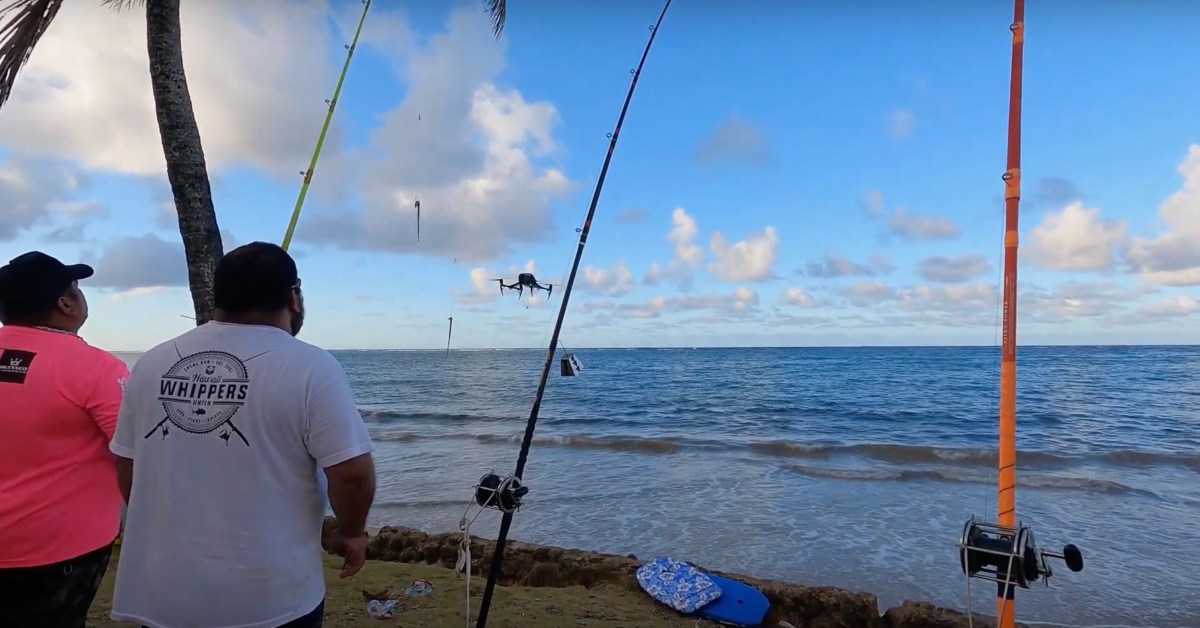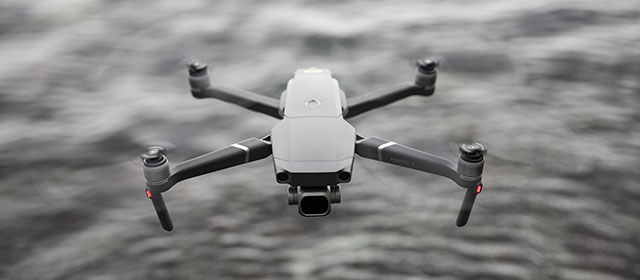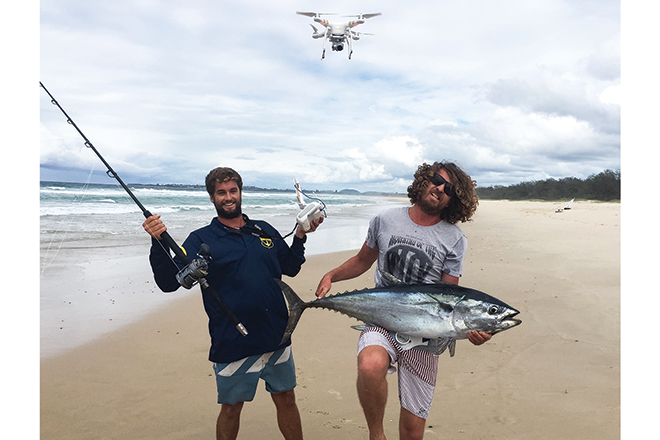
If you are an avid fisherman and live in Australia, you can now use a drone to get an aerial view of the waters around your property. A drone can have many features such as an angle adjustable camera and GPS positioning system. Fishing lines can be purchased that are extremely stable and secure. One such example is the SKY RIGGER drone.
SKY RIGGER is a drone fishing line
The SKY RIGGER flexible fishing line system allows you to fish from the sky with minimum effort. It has two rotating leg clamps, which can be mounted to many drone models. The release mechanism has a bayonet style connection and a camlock arm to quickly open the line clamps. Sky RIGGER doesn't require batteries unlike other drones. This drone can take all kinds of fishing techniques and is safe.
For when a fish strikes your fly, the SKY RIGGER features an automatic release mechanism. You can also manually let go of the line by using your rod or hand. This feature is included on all models. Before purchasing the new SKY RIGGER, it is recommended to purchase a Phantom 3. A few pros and cons of the new line system:
It comes with a mechanical payload.
A drone's mechanical payload mechanism is one of its most important features. Many of them allow anglers to quickly and easily release their fishing line. However, some models do not have a release mechanism. Instead, to remove the drone from its fishing line, the user must "yank” it. This can be difficult, especially for those who aren’t used to releasing the line with their hands.

The payload release mechanism is another important feature. The drone should have the ability to release its payload when it strikes a fish. Catch and release fishing is a skill that should be practiced before you attempt it. The DJI Phantom drone has been reported to have excellent results by many people. However, the technology is not yet up to the standard of other fishing drones.
It features a GPS positioning device
Rippton, an Australian and Dutch joint venture, specializes in technology-oriented fish products. It was established to help anglers improve their success rates and create products that will enhance the enjoyment of fishing. Rippton's Mobula drone has a GPS positioning system as well as a remote release. The Mobula drone can store bait at the top, protect against kite clippings, and is eco-friendly.
It's lightweight, weighing just 3 pounds, and can fly for up to 18 minutes. It is also equipped with a high-tech GPS system that allows it to control it from up to 2,000 yards away. The range is 1000 meters or half a miles. Intelligent flight modes are also available. Its point-of-interest feature allows it to capture high quality images of its surroundings. Its high-resolution camera allows you to get great views of fish.
It features a failsafe function
Aerokontiki has an emergency feature that allows it to monitor the battery level and release the fishing line if necessary. In the event of a failure of the battery, it will return to dry ground so that it can continue its mission. It can be operated anywhere with its industrial-grade flight control system. This drone is also waterproof, so you can use it even in the most difficult water spots.

FAQ
Do I need special training to fly a drone?
No, you don't need special training to fly your drone. You just need a remote-control unit and basic knowledge in flight mechanics.
What laws govern flying drones in the United States?
In the United States, the Federal Aviation Administration (FAA) regulates all aspects of drone operations. The FAA must issue a certificate before you can commercially operate a drone. Next, you will need to complete a course in flying skills and pass an exam. You will then need to pay an agency fee.
Is it safe to fly a drone while driving?
Flying a drone while driving is dangerous because you could crash into another vehicle or object. You could also hit pedestrians and animals. You could also damage your car if you hit power lines, trees, or other buildings.
Statistics
- Research and Markets predict a growth rate of 51.1% over the next five years. (thedroneu.com)
- According to industry research from ZipRecruiter , there are 10 cities where the typical salary for a Drone Pilot job is above the national average. (dronesgator.com)
- According to Indeed, a drone pilot gets paid $25.73 per hour on average in the US. (dronesgator.com)
External Links
How To
How To Fly Drones For Beginners
A drone is a remote-controlled aircraft used for aerial photography, cinematography, surveillance, scientific research, and hobby purposes. The technology behind drones has been around since World War II. DJI's Phantom series of quadcopters was the first to be commercially used. Since then, there have been many different types of drones available, from beginner-friendly models like the Parrot AR Drone 2.0 to professional-grade multi-rotor craft like the DJI Mavic Pro.
There are many options for flying a drone.
-
Remote control – This is when you attach a device to your hand that allows you to control the drone's flight path. There are two main types, On/Off switches (like radios) and joysticks.
-
Manual Control - Using a smartphone app, this method allows users to remotely operate the drone via GPS coordinates. You will need to keep track of where the drone is going and follow the directions from the app.
-
Autonomous Flight: This means that the drone will take care of all the piloting. It basically flies autonomously without any human intervention. To enable autonomous flight, the drone should have a built in camera and sensors capable recording images and data.
-
Triggered Flight – This method is very similar to manual flight. The pilot creates a route that the drone will follow until it reaches the destination. Once the programmed route has been completed, the drone returns to the base automatically.
-
Landing Gear: Some drones have landing gear that allows them safely to land in case they lose power or run low on battery.
-
Goggles - Pilots may wear goggles to shield themselves from flying debris.
-
Camera - You can capture photos and videos with your drone from the air.
-
Obstacles – Some drones have obstacle avoidance systems that stop them from colliding with obstacles.
-
Speed - Some drones can reach speeds of over 40 mph.
-
Battery Life - Most drones last between 20 and 3 hours depending on how much power they have.
-
Some drones are capable of traveling up to 30 miles depending upon their make and model.
-
Power source - Not all drones can use an external power source. Others can run on internal batteries.
-
Weight - Some drones have a weight of less than 1 pound and others weigh 4 lbs.
-
Size - Drones range from small devices that fit in one's palm to large crafts that weigh more than 50 pounds.
-
Price - High-end drones can go for thousands of dollars, while low-cost models start at $100.